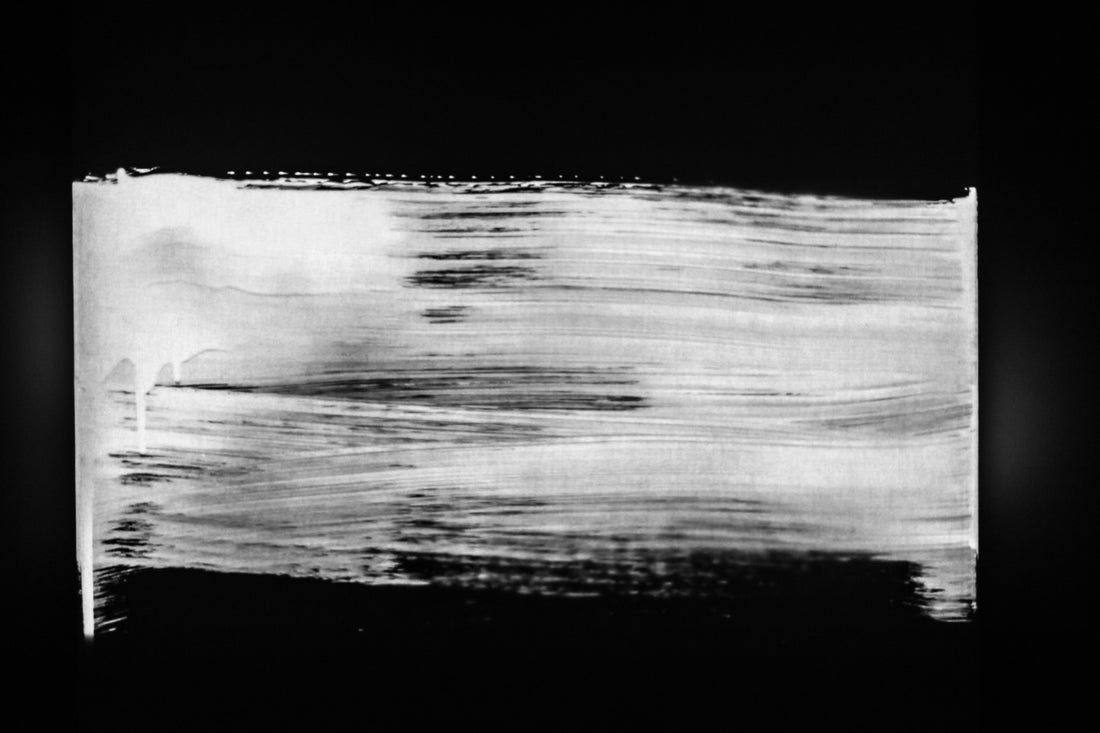
Mastering the Art of Investment: A Guide to Smart Art Investing
Share
Investing in art can be both a financially rewarding and culturally enriching endeavor. Whether you are a seasoned art collector or a novice looking to start building a collection, understanding the art market and key strategies for investing in art can help you make informed decisions and potentially grow your investment over time.
How to Invest in Art
1. Educate Yourself
Before diving into the art market, it's crucial to educate yourself about different art styles, periods, artists, and art market trends. Visit museums, galleries, art fairs, and read art publications to develop a solid understanding of the art world.
2. Set a Budget
Determine how much you are willing to invest in art. Remember that the art market can be unpredictable, so it's essential to set a budget that you are comfortable with and that aligns with your financial goals.
3. Buy What You Love
Investing in art is not just about financial returns; it's also about passion and personal enjoyment. Buy art that resonates with you and that you genuinely love. Your collection should reflect your tastes and interests.
4. Research Artists and Artworks
Do thorough research on artists whose work you are interested in. Look at their exhibition history, auction results, and market demand. Consider investing in emerging artists whose work shows potential for growth.
5. Consider Diversification
Diversifying your art collection can help minimize risks. Invest in artworks across different styles, mediums, and periods. This can also make your collection more dynamic and interesting.
6. Seek Expert Advice
If you are new to art investing, consider consulting with art advisors, galleries, or auction houses. They can provide valuable insights and guidance to help you make informed decisions.
7. Care for Your Collection
Properly care for your art collection by keeping it in a suitable environment, protecting it from damage, and insuring it against unforeseen circumstances. Maintenance and preservation are essential for the long-term value of your artworks.
8. Stay Informed
Stay up-to-date on art market trends, auctions, and exhibitions. Attend art fairs, gallery openings, and networking events to expand your knowledge and network within the art community.
9. Patience is Key
Art investing is a long-term commitment. The value of artworks can fluctuate over time, so patience is key. Be prepared to hold onto your investments for years to see significant returns.
10. Consider Selling Strategically
When it comes time to sell a piece from your collection, consider selling strategically. Timing can greatly impact the sale price of an artwork, so research market conditions and consider working with a professional to maximize your returns.
Investing in art can be a fulfilling and potentially profitable endeavor for those with a passion for creativity and a keen eye for potential. By following these tips and staying informed, you can navigate the art market with confidence and build a valuable collection over time.
